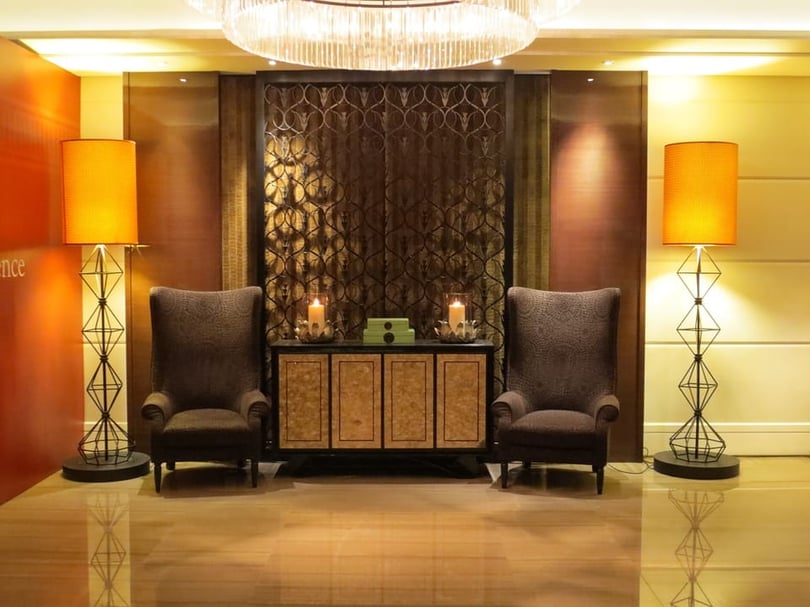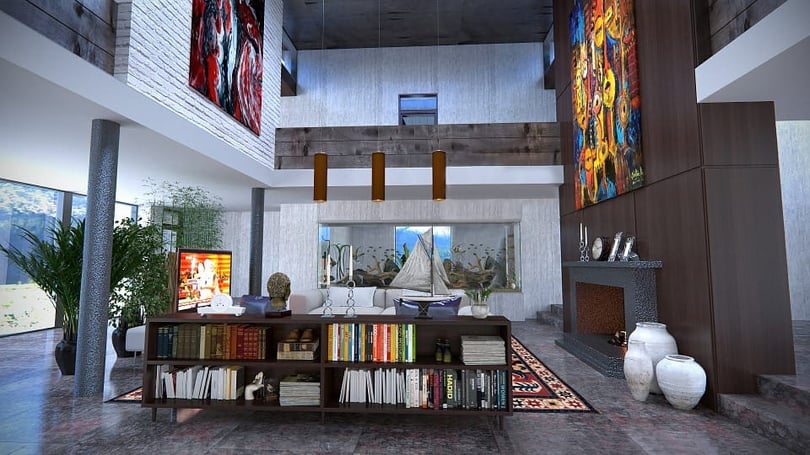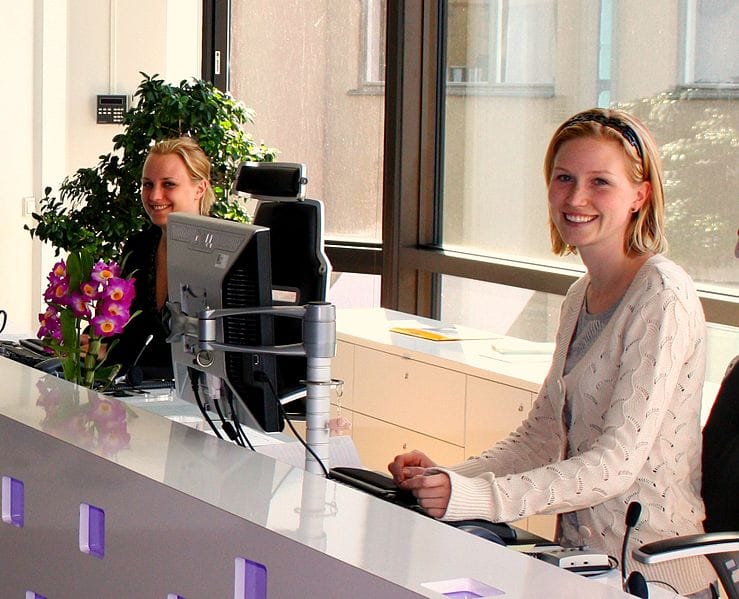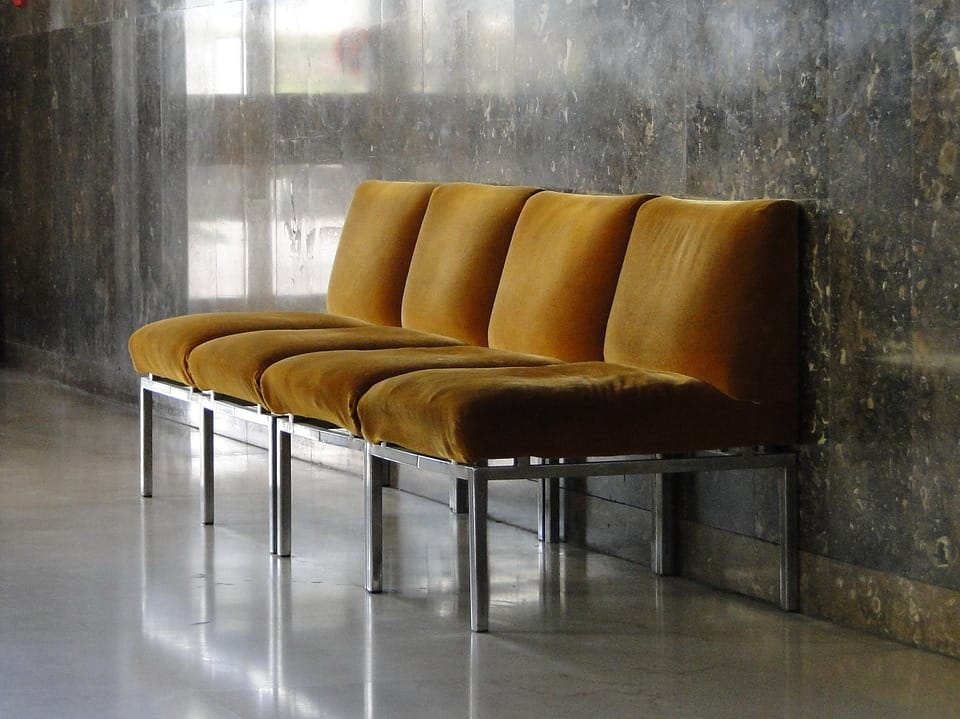One reason why I love to have conversations about hospitality so much is that it brings out stories in people.
Just recently, a friend of mine told me how he felt when visiting his investment banker's office:
"Since New York is home to some of the world's great restaurants, hotels, and business clubs, I was always surprised at my reaction when it was time to visit my bankers, I was eager to visit because I genuinely felt like I belonged there. It was my favorite place to visit in New York City.
The bank's reception rooms on Park Avenue were staffed by a butler who always greeted me at the door as if she were an old friend. She had my favorite light breakfast set out in a private dining room, accompanied by the meeting agenda printed on stationary embossed with my name and title. I even noticed that at one point the music playing in the background was my favorite American pop singer. Needless to say, I felt right at home."
My friend's experience made me realize once again: all brand building begins with an invitation, potential stakeholders are invited to participate in a brand's experience for the first time.

The decor, design, and staffing must come together to welcome all visitors. The lobby of your corporate headquarters is your brand's first impression. The decor, design, and staffing must come together to welcome all visitors.
There are five essential elements that must be carefully considered to create this welcoming sense of belonging in all stakeholders. Each element is essential to making a positive brand statement, but will only be effective in conjunction with the other four.
1. Stakeholders
Stakeholders get their first impression of your corporation while in the lobby. Remember that all stakeholders are created equal; primary investors, major clients, essential vendors, support service associates, hurried delivery men, timid company employees, industry (even competitive) colleagues, and suspicious government officials are all equally important to your company's mission.
When they walk through your lobby’s main entrance they must immediately be made to feel that they are not only invited to be there, but belong there because they have a real stake in the outcomes of your company. Each, in their own way, is essential to your company’s ultimate mission and the first impression made in your reception area is indelible.

2. Design and Décor
The lobby serves as the “public face” of your company. When designing your lobby the most important question you must answer is, “What is the first impression I would like to make?”
The décor must utilize colors, foliage, finishes, furniture, signage, and art that are a depiction of your company’s culture and mission. Your lobby is a work of art that says, "This is who we are and this is why you are important to us."
3. Personnel
The choice and training of reception personnel is critical to the brand message you want to broadcast. A welcoming spirit is inborn and cannot be trained. The instinct to be courteous and to serve others is a talent that you must value and be willing to reward.

Photo credit: Evan Bench
Traditionally, reception personnel were paid toward the bottom of the scale because companies did not recognize talent and only rewarded productivity that could be measured in currency. Only recently have companies begun to recognize how talented reception personnel both establish and reinforce their brand's message.
4. Not a waiting room
The term “waiting room” has crept into and poisoned the corporate lexicon. Waiting rooms became common in the medical field when sole practitioners were challenged to schedule patients efficiently. Waiting to see the doctor became standard medical practice and actually enhanced the doctor's standing while diminishing the patient's.

No valued stakeholder should ever be kept waiting, not even for a minute! A proper reception room is never a waiting room. Keeping a stakeholder waiting for even a few minutes sends a negative message about the stakeholder’s value to his host and your company.
NO WAITING…must be the mantra of all modern corporate reception areas.
5. Feng Shui
Feng shui is the ancient Chinese art of balancing the energies of any given space to assure the health and harmony of people inhabiting it. Do not discount the value of this ancient approach to welcoming design.

Many large companies such as Virgin Airways, British Airways, Microsoft, Midland Bank, Harvey Nichols, the Wall Street Journal, HSBC, and JP Morgan Chase have used Feng Shui to improve the harmony within their office space.
Never forget...
Your office reception area or building lobby is an ongoing opportunity to build brand loyalty. How you make stakeholders "feel" has been proven to be vastly more important than what you make them "think".